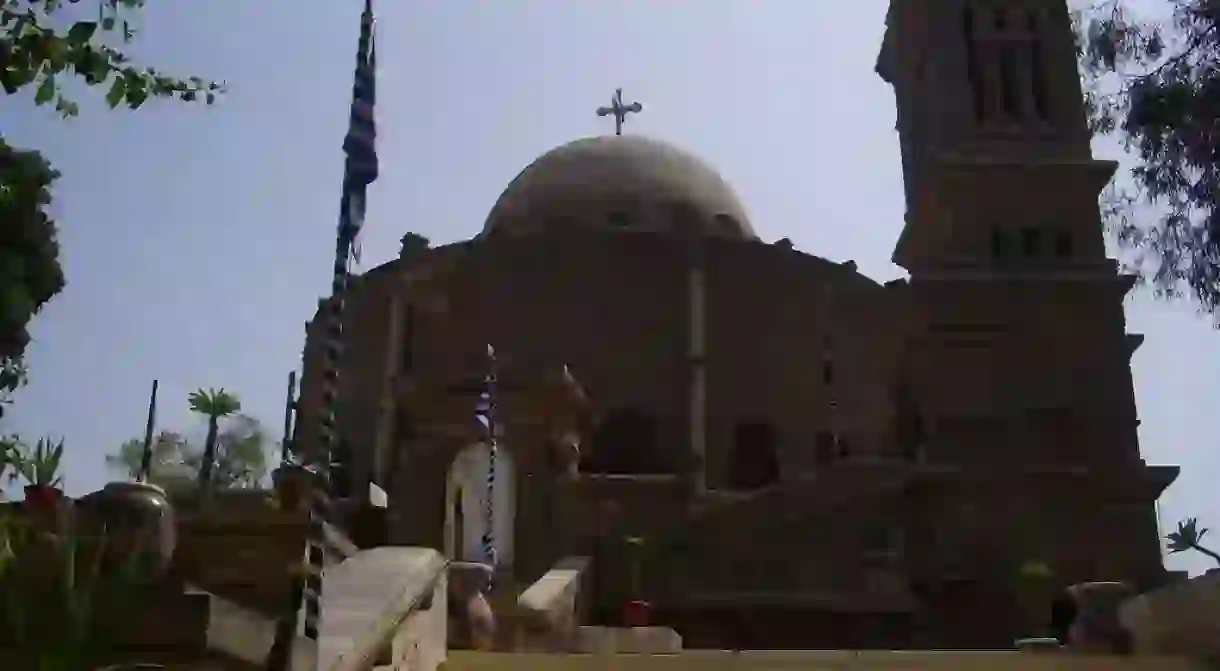The Rich History of Coptic Cairo

Coptic Cairo is a part of Old Cairo, Egypt, that is believed to be visited by the holy family (Virgin Mary, child Jesus, and Saint Joseph). The area is rich with numerous historic constructions including Babylon Fortress, Coptic Museum, Hanging Church and Greek Church of St. George, with some of these structures dating back to the 6th century BC.


Before the Islamic era, Coptic Cairo was a bastion for Christianity, yet most of the current churches and other buildings were built after the Muslim rule of Egypt. During the 6th century BC, Persians built a fortress called Babylon on the Nile. They also built a canal that connected the Nile to the Red Sea, which gained importance in the region thanks to its strategic position.

Later, when Christianity started to spread, and local people began to organize their lines to rebel, Romans took over the fortress and stayed nearby. Trajan, a Roman Emperor, opened the canal — a move that boosted trade.
During the rule of Arcadius (395-408), many churches were built in the area of Old Cairo after the Coptic Church split up from the Romans’ and Byzantines’ church. When Arabs ruled, many churches were also built in the area surrounding the fortress in Old Cairo.
In 1047, Hanging Church located in Old Cairo became the official dwelling of the Coptic Pope. The Hanging Church, also known Saint Virgin Mary’s Coptic Orthodox Church, is one of the oldest, most important Coptic constructions and it dates back to the 3rd century AD. The Church was called “hanging” as it was built on the top of Babylon Fortress’s gatehouse.

In 1908, the Coptic Museum was established in the area of Coptic Cairo by Marcus Simaika Pasha, an Egyptian Coptic politician and leader. It was opened in 1910. The museum is home to world’s largest collection and most significant paradigms of Coptic artistry.

The district also contains many other historically important churches including Saint Mary Church, Saint Mercurius Church, Saints Sergius and Bacchus Church, Church of the Holy Virgin, Saint Barbara Church, The Church of Saint Menas, Nunnery and Church of St. George, and Monastery and Church of St. George.













